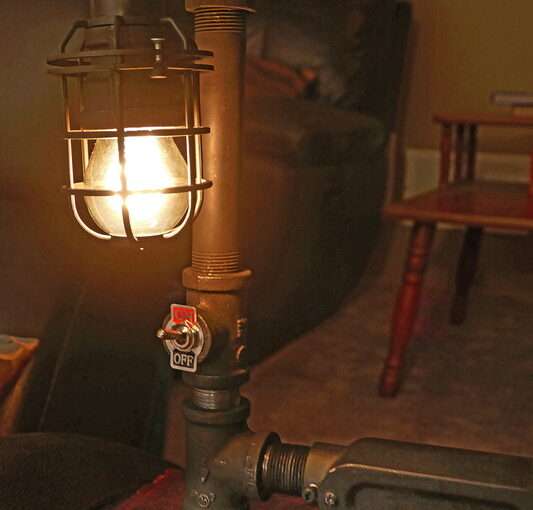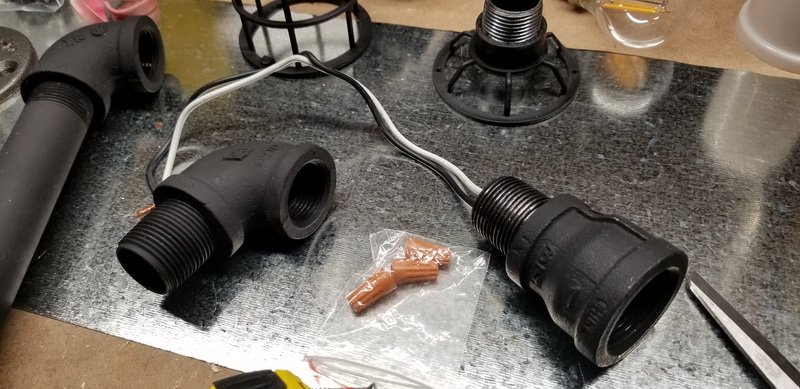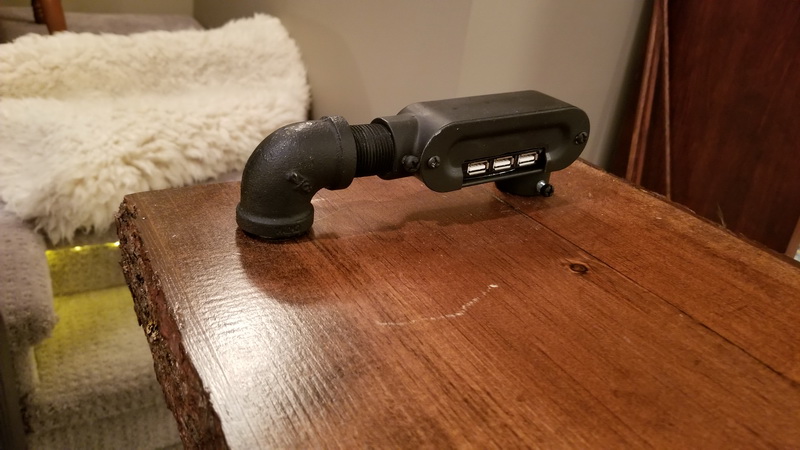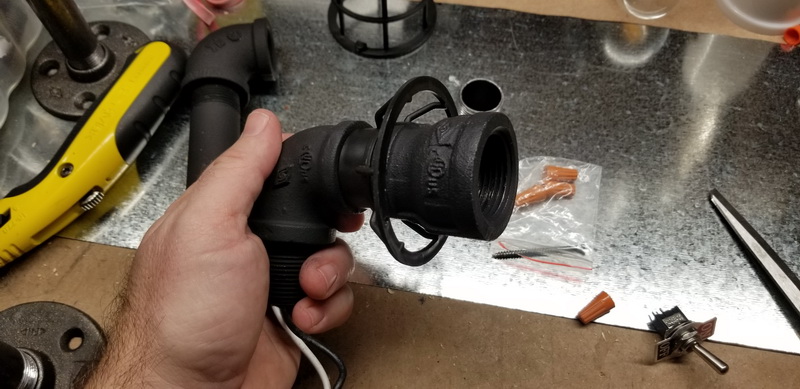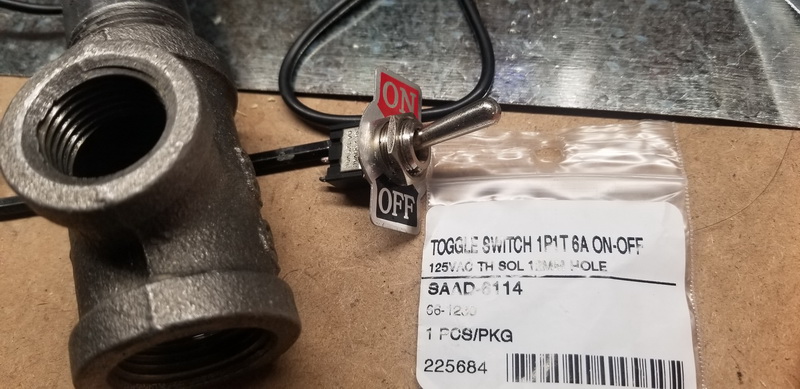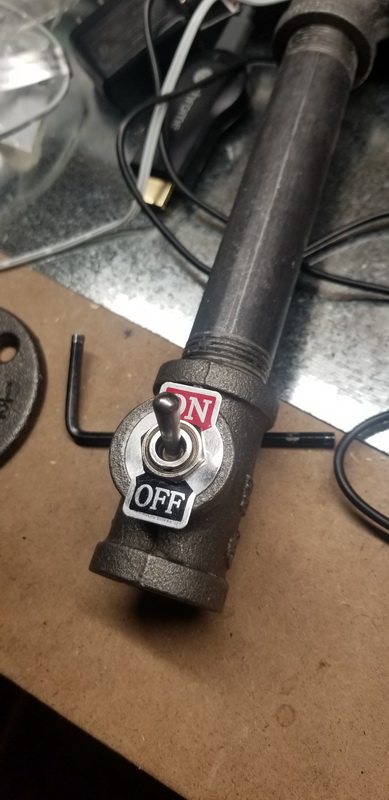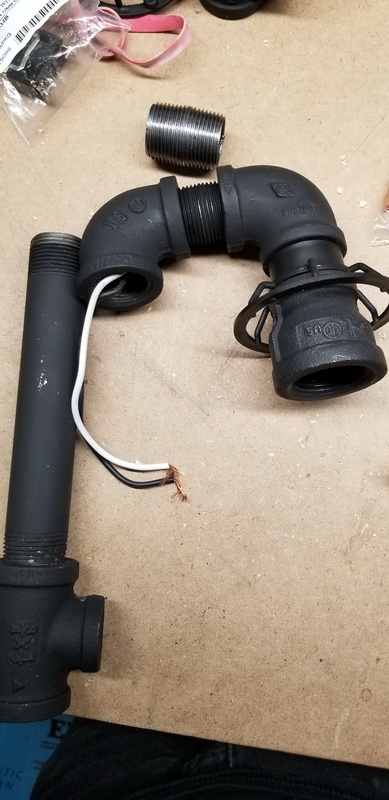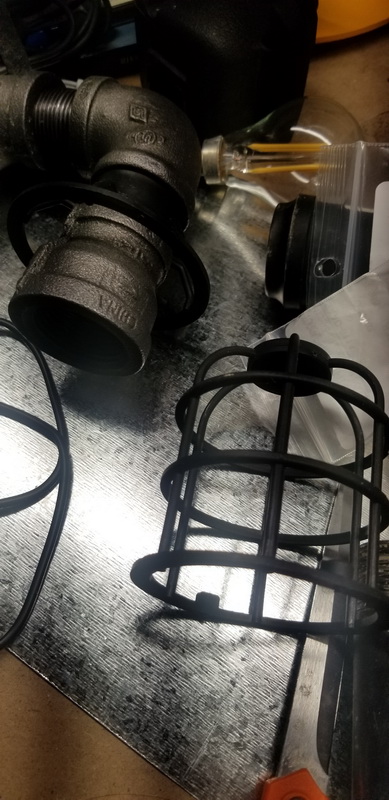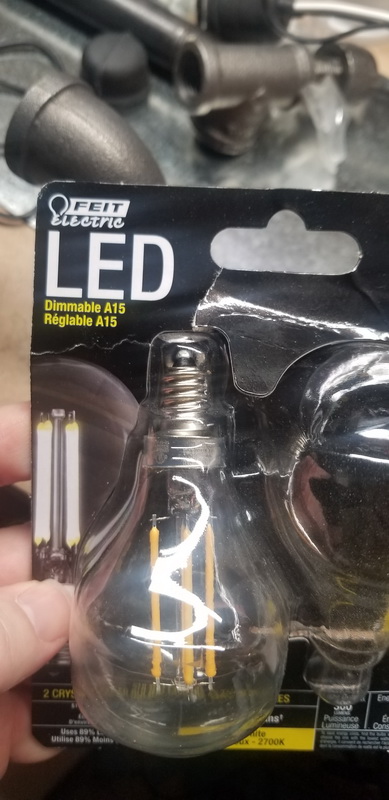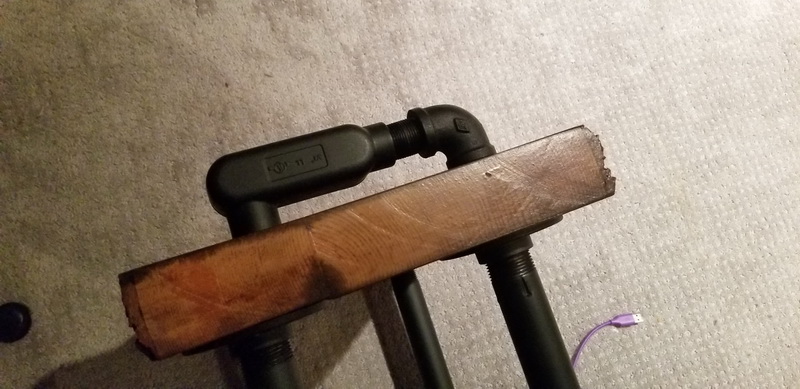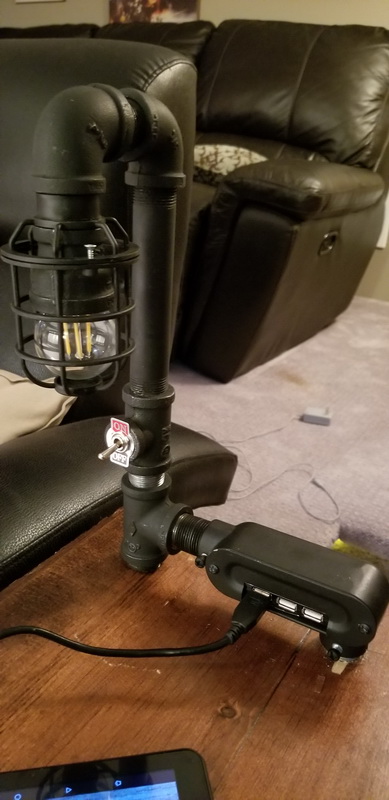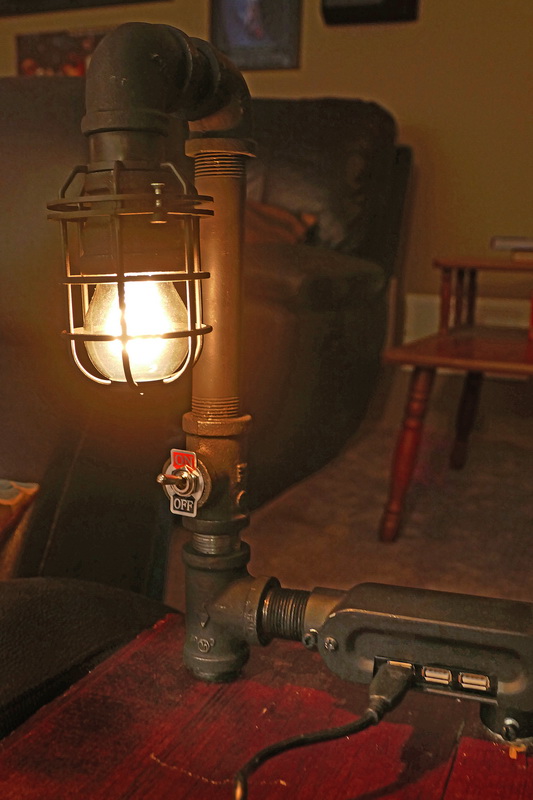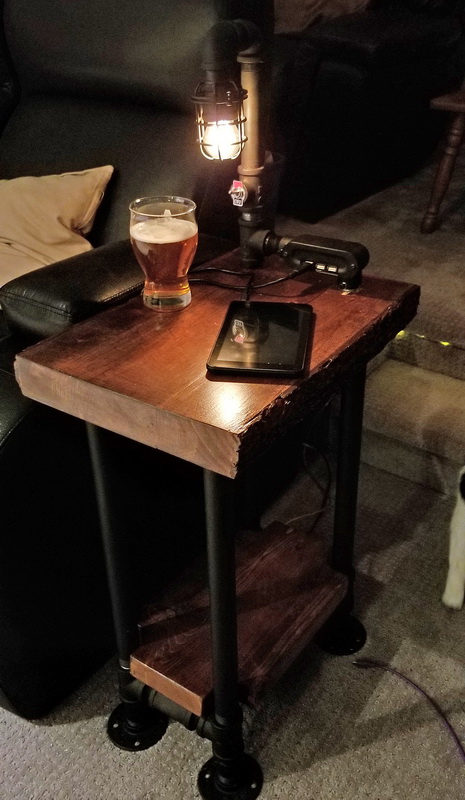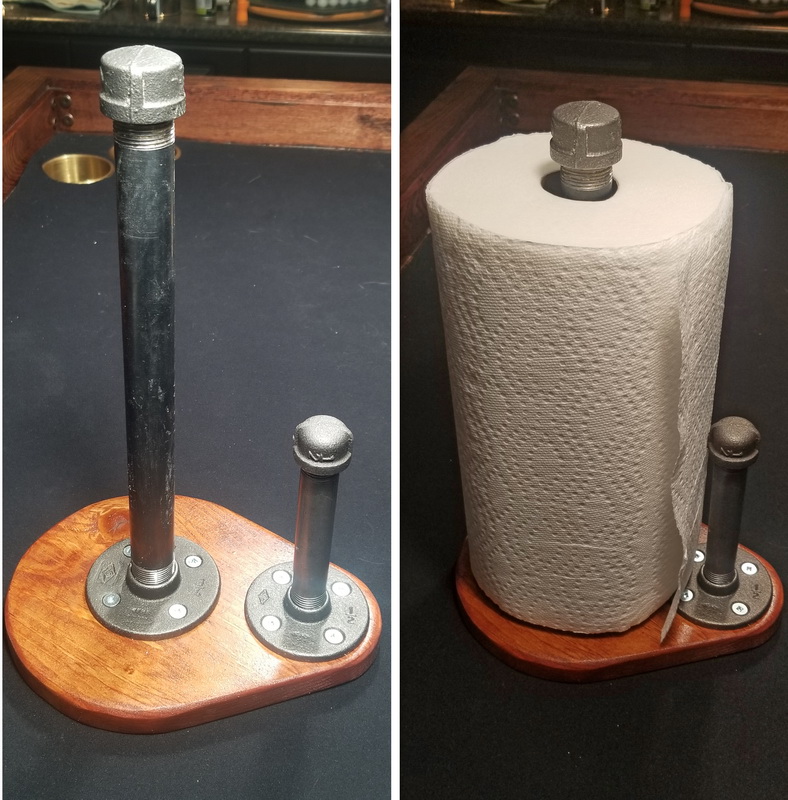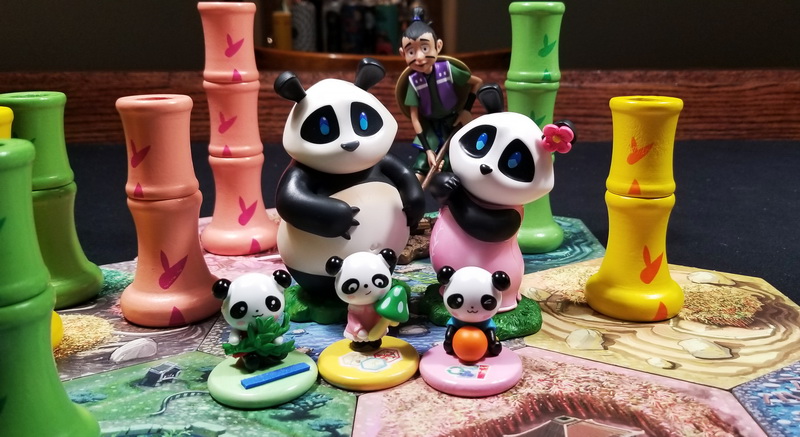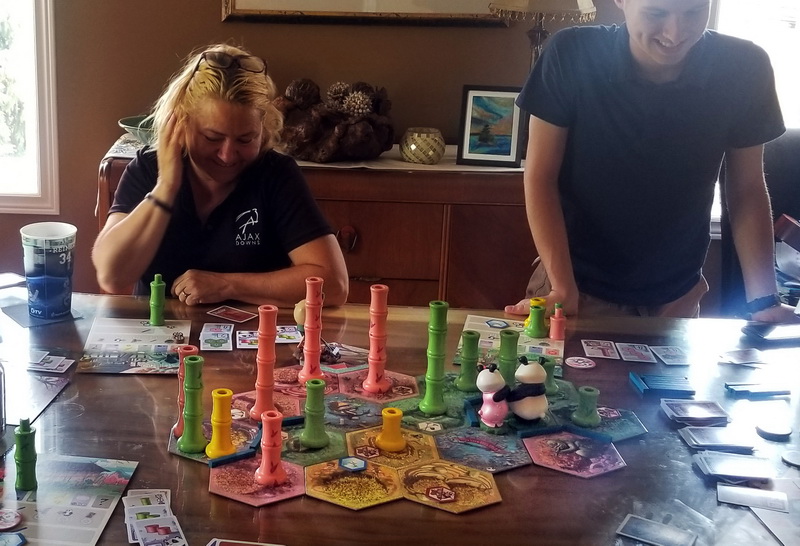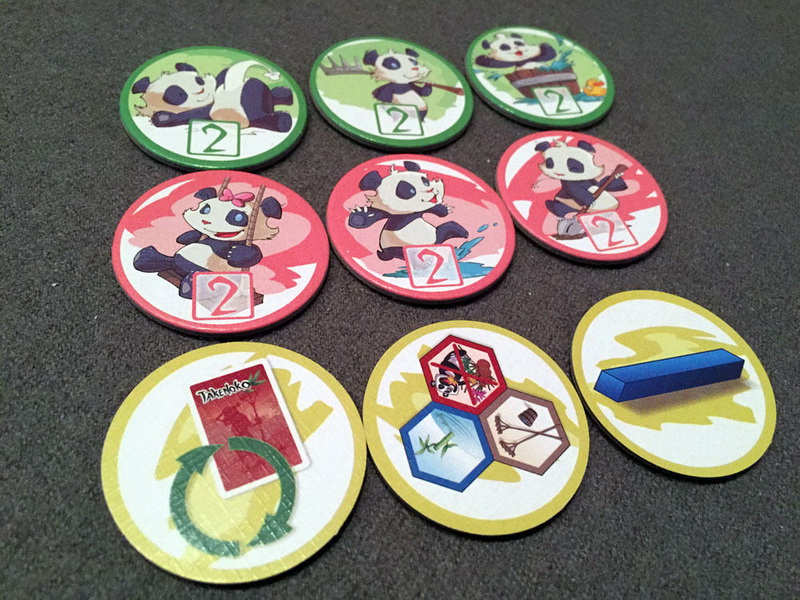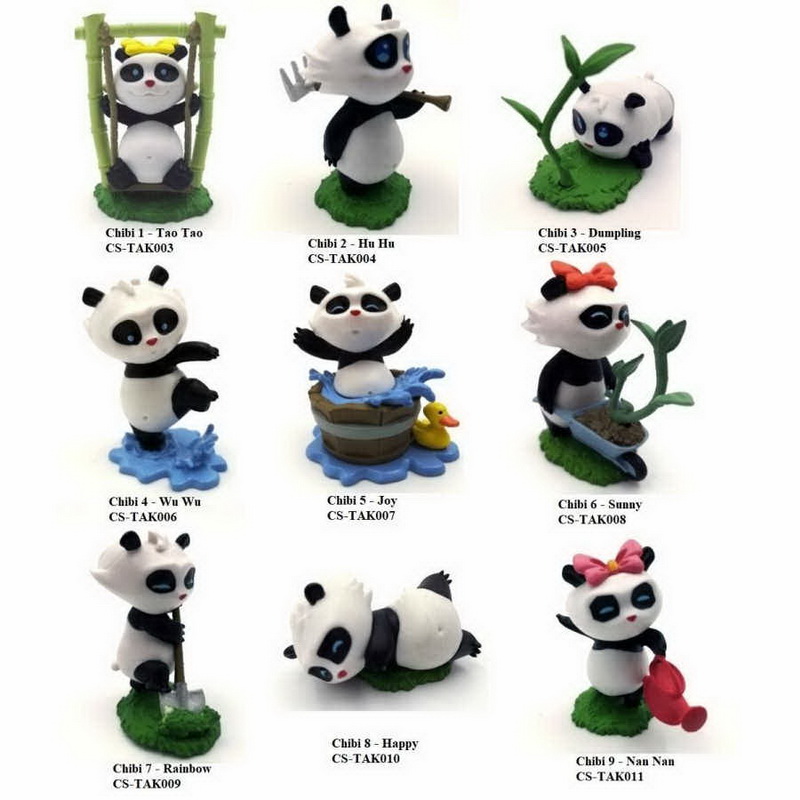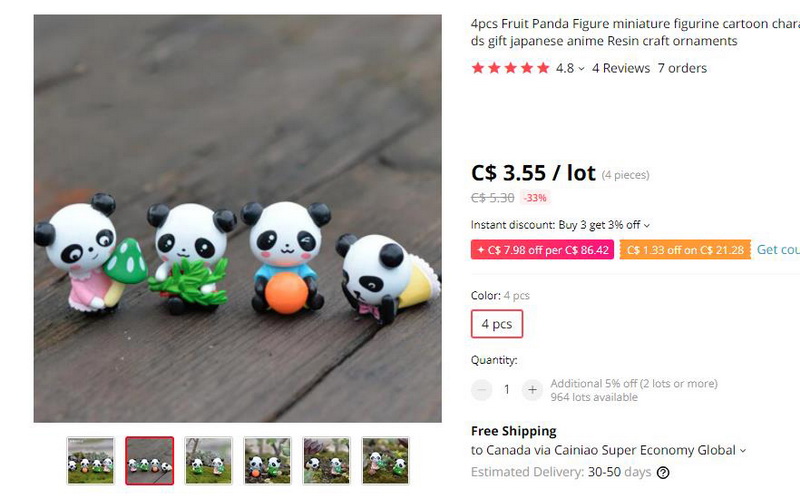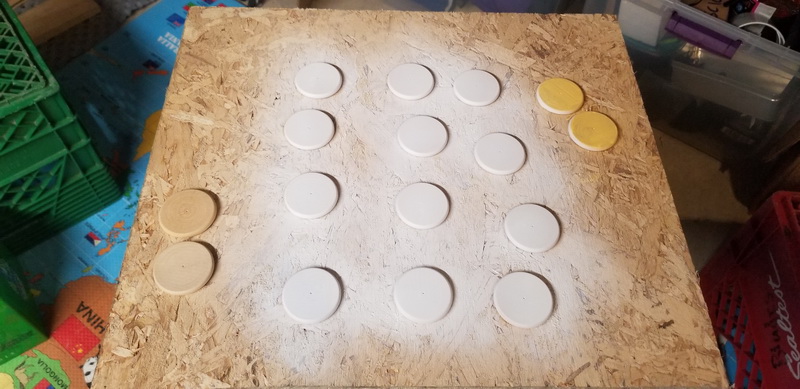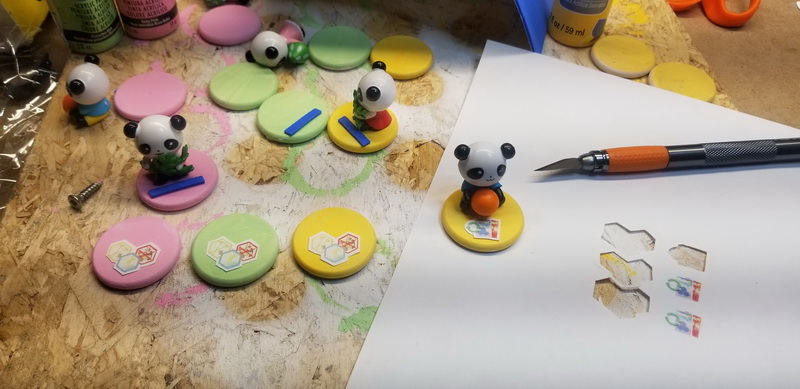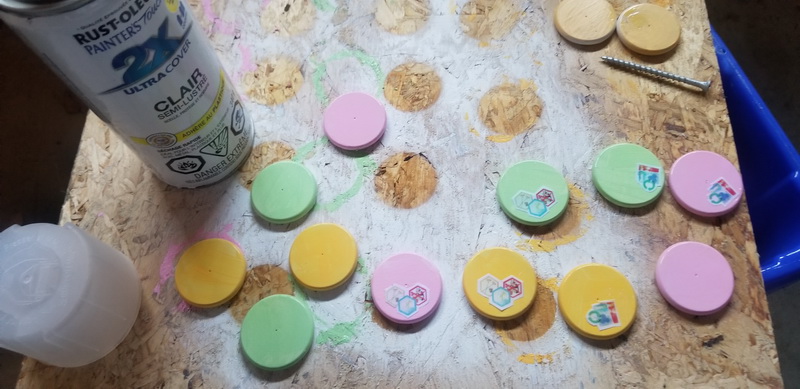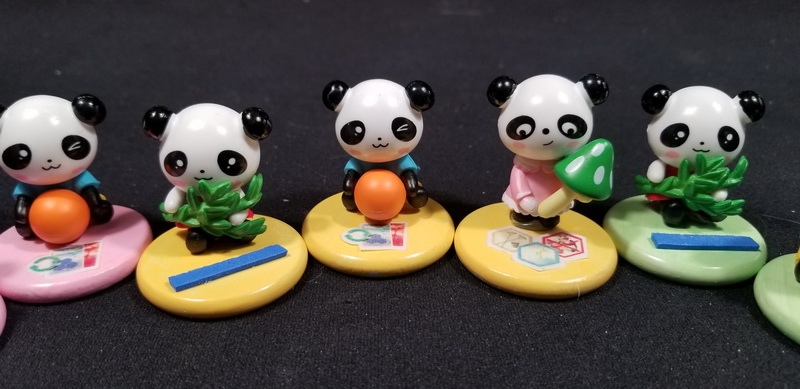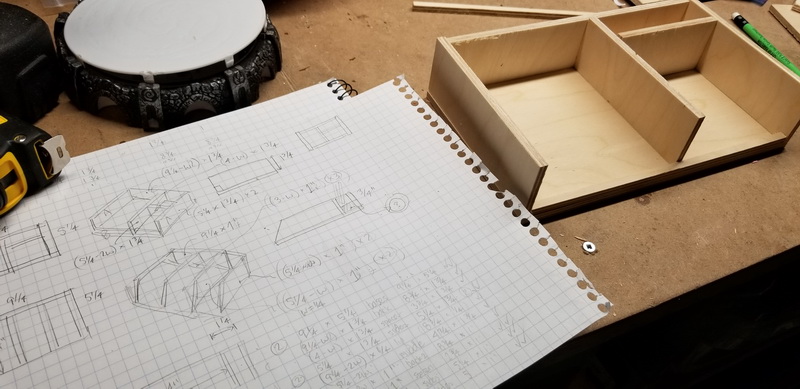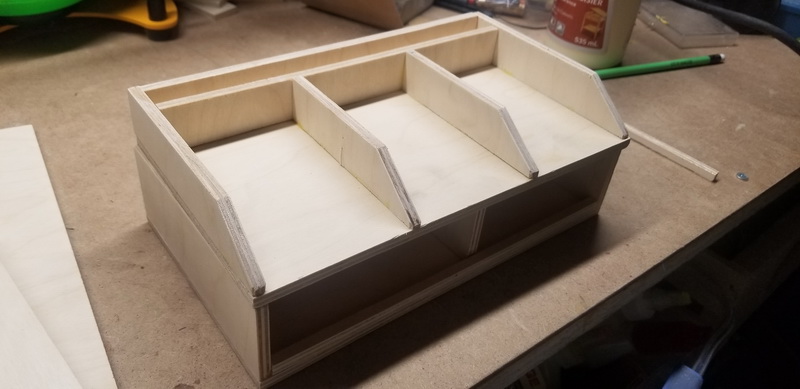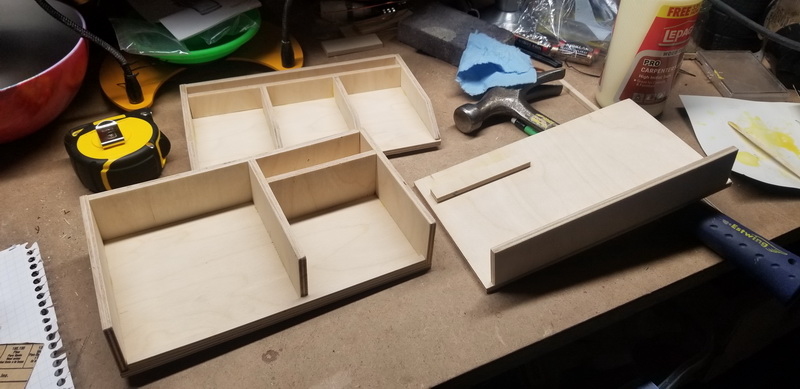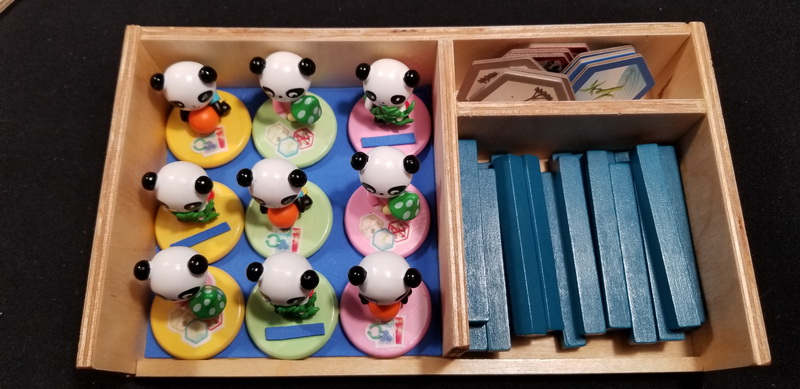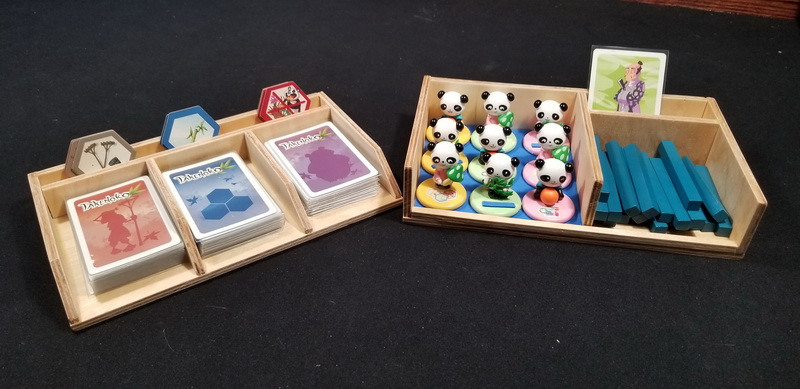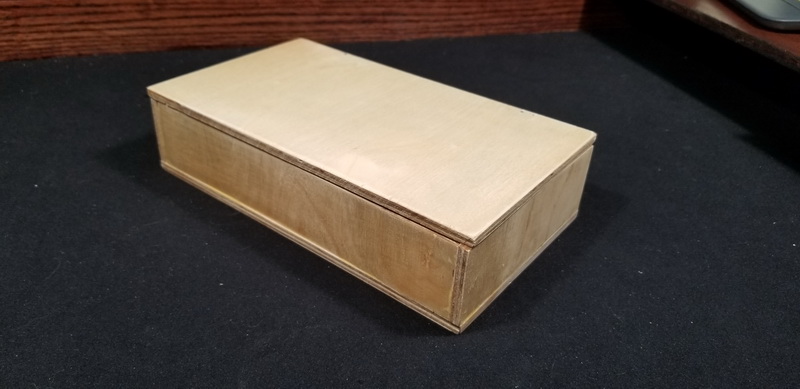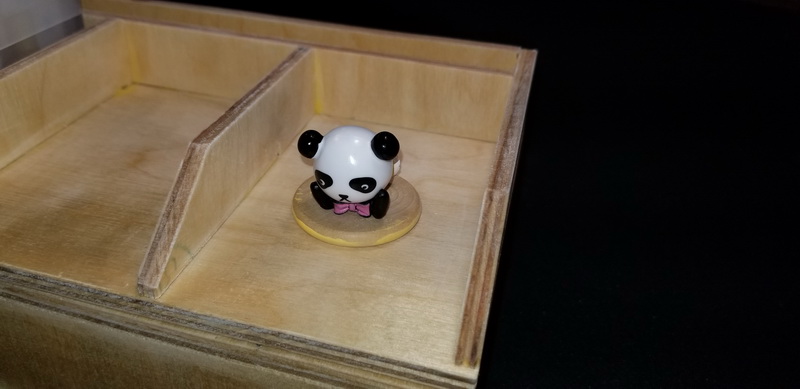Another fun project concept that I will probably apply to everything I can think of…
First things first: big credit for the inspiration of this project goes to Adam Savage (of Mythbusters fame). I watched a video of his where he built an old-style gaslamp, made it look old, and then put a disassembled led-flame bulb inside. I happened to have an small old oil lamp of my father’s so thought I would try the same thing. Video clips at the end of the post. Thanks Adam for the great idea!
Big difference with my lamp, asides from the size, was that I didn’t have to make it look old – it WAS old. When I started taking it apart the insides were caked in soot! I cleaned out the big chunks, but I didn’t want to clean it up TOO much 🙂
I found some small tube shaped led-flame-bulbs online:
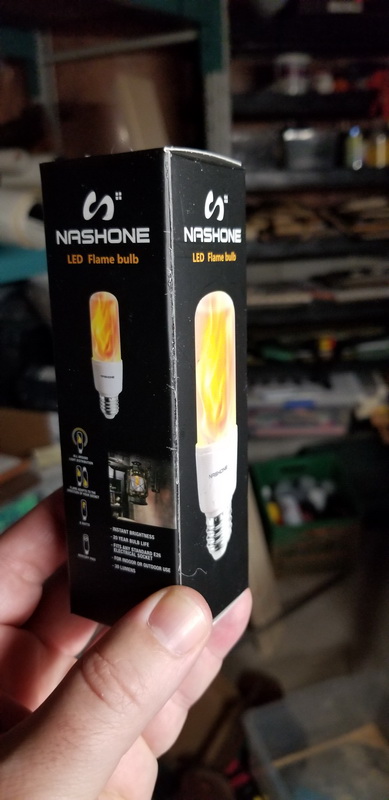
and they look like they will fit quite well. My original plan was to hang the bulb upside down from top so I could keep the original wick, but that was going to get complicated. Asides from figuring out a firm way to attach it to the insides (and all the soot) there is also a spring mechanism up there for the vent shield.
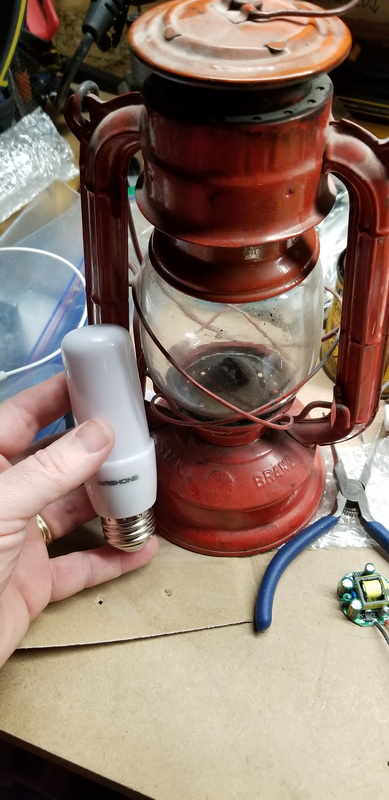
Let’s take the bulb apart and see what’s inside ! LEDs mounted on a rolled-up circuit tube, and a small circuit board:
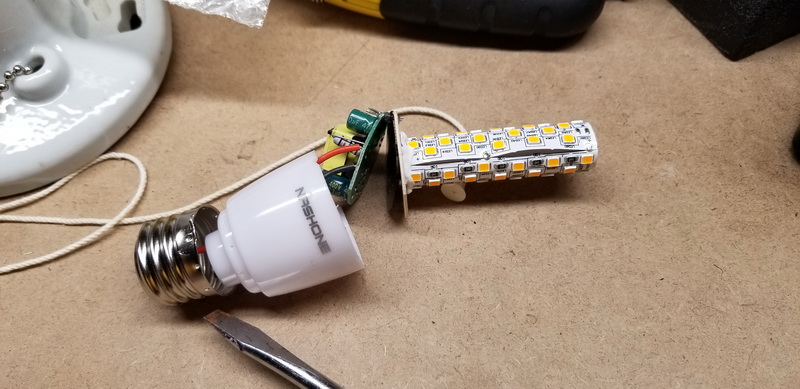
Since LEDs are usually driven by DC power (and electronic circuits to make flame patterns etc) , the circuit board is hopefully just to convert the AC power from the light socket to DC power. Adam double-checked this by disconnecting the bulb-socket and putting 120V AC into the board, and then measuring the power coming out to the LED board. I did the same just to be sure, but also to find out how much voltage I will need to supply with the batteries. Sure enough, 5V (a common electronics voltage):
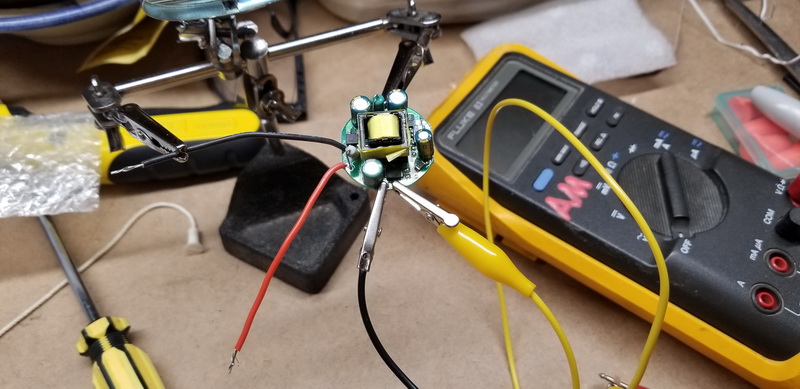
So the big test – I connect the LED tube to a separate 5V power supply to see if it works. Success ! It even detects when it is upside down and runs the flames the other way.
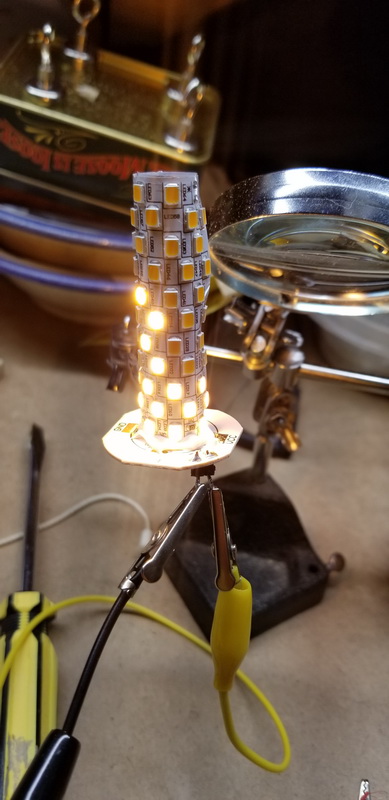
Ok, now to figure out how to mount this inside the lamp. The lamp has all sorts of cool swiveling parts to allow access to the wick without having loose parts – clever designing that today’s products don’t really need.
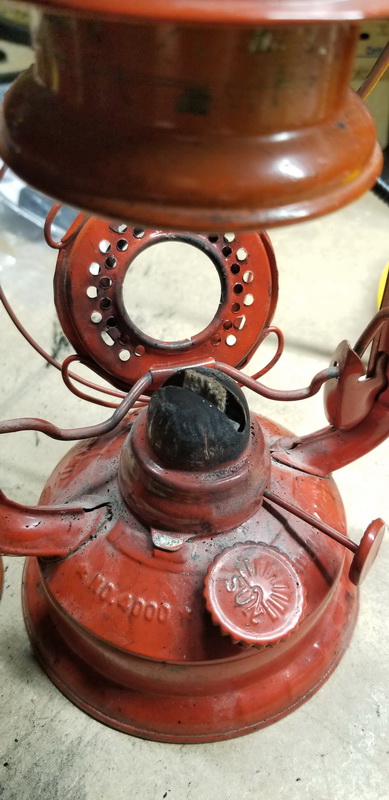
Disassembling to see what I have to work with:
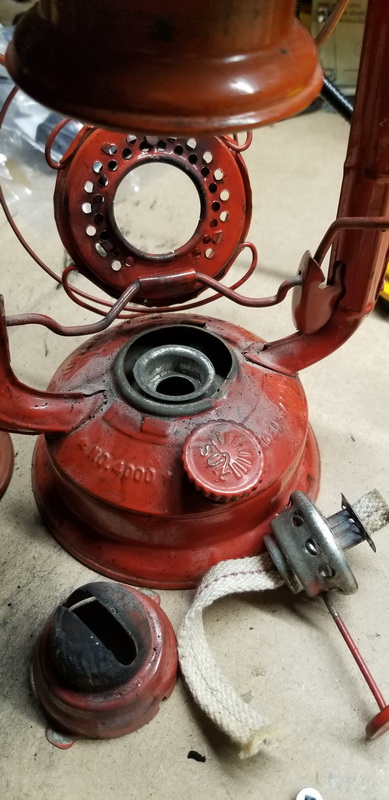
Wow – it looks like the wick feeder shroud might be the perfect size to fit the LED base … and it is ! This is going to work amazingly.
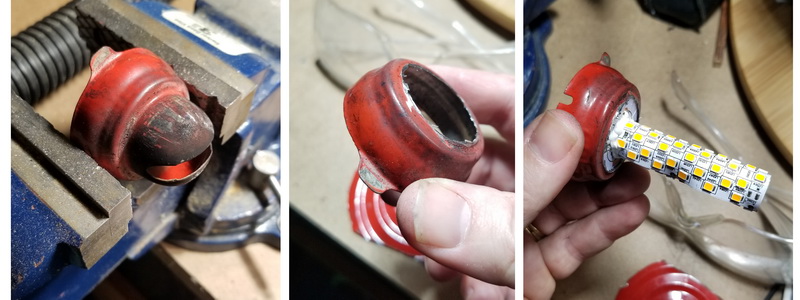
And wow, the plastic bulb cover fits PERFECTLY into the hole in the glass bowl holder. This was meant to be! (The bulb cover got a bit dirty from all the soot, so I rubbed even more on it!)
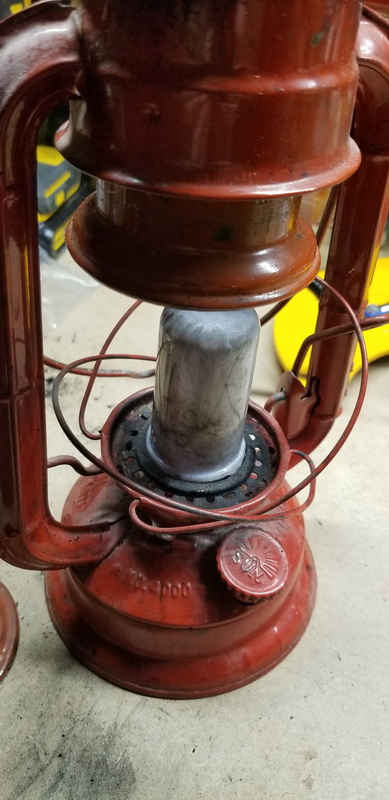
Ok, now to cut a hatch in the bottom for the battery compartment:
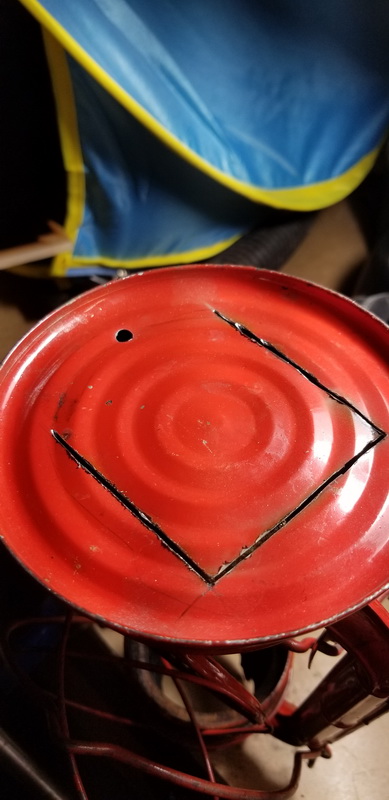
… and drill a hole for the on/off-button. Wiring everything up :
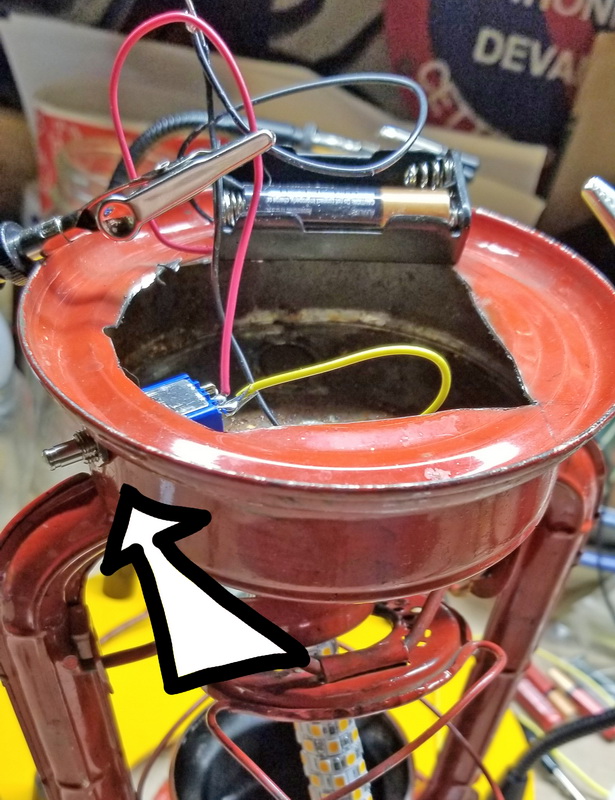
It looks and works amazing ! I am very pleased:
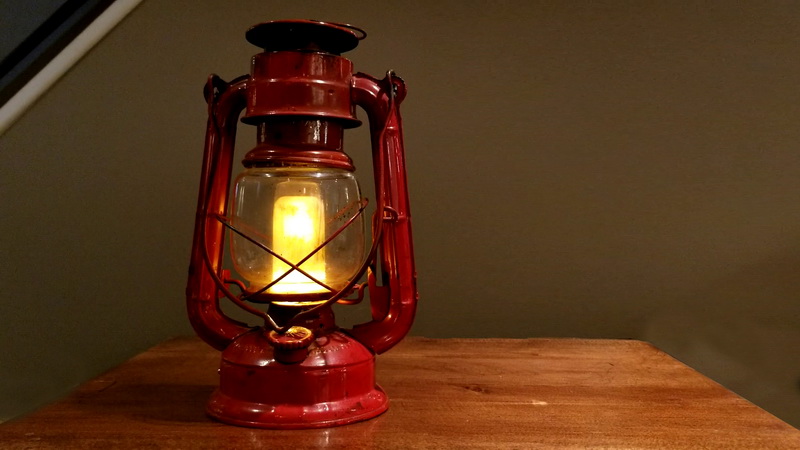
and here is a couple of quick video clips of it running, along with a couple of parts from during the build:
Already I am now looking around the house wondering “what else can I turn into a flame-lamp?” LOL
Thanks for reading !
